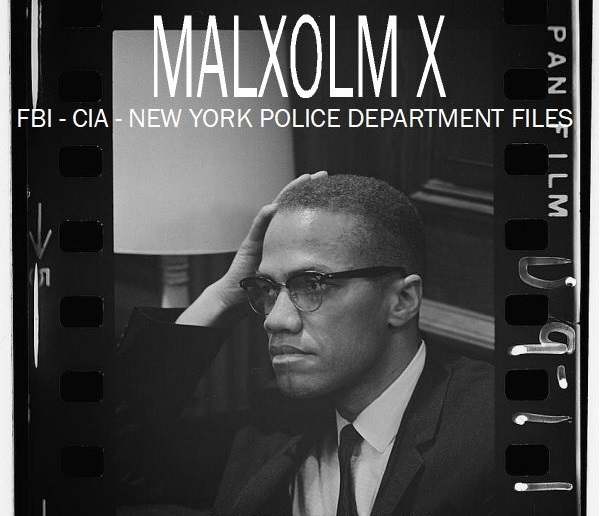
Description
Malcolm X: Timeline and Key Figures
Timeline of Main Events
- August 1952: Malcolm K. Little is released from prison.
- February 1953: The FBI opens a file on Malcolm K. Little (later known as Malcolm X).
- Throughout the 1950s – Early 1960s: Malcolm X rises to prominence as a Minister in the Nation of Islam, working closely with its leader Elijah Muhammad. The FBI monitors his activities, including intercepted correspondences, eavesdropped phone calls, and information from informants.
- March 1964: Malcolm X leaves the Nation of Islam.
- Mid-1964: Malcolm X forms the Muslim Mosque, Inc. and the Organization of Afro-American Unity (OAAU).
- July 2, 1964: FBI Director J. Edgar Hoover describes the OAAU as a threat to the national security of the United States.
- November – December 1964: CIA memos detail conversations between Malcolm X and a redacted individual, reporting on Malcolm X’s plans for the OAAU and his views on various political and social issues. These memos are exchanged between the CIA’s Director of Plans (Richard Helms) and the FBI’s liaison to the CIA (S.J. Papich).
- February 21, 1965: Malcolm X is assassinated while preparing to deliver a speech at the Audubon Ballroom in Manhattan, New York City. The New York Police Department investigates the assassination, collecting witness statements and conducting investigative activity.
- Post-Assassination: Norman Butler, Thomas Johnson, and Talmage Hayer are convicted of the murder of Malcolm X and sentenced to life in prison.
Cast of Characters
- Malcolm X (Malcolm K. Little): A prominent African American activist and Minister in the Nation of Islam. He left the Nation of Islam in March 1964 and subsequently formed the Muslim Mosque, Inc. and the Organization of Afro-American Unity (OAAU). He was assassinated in February 1965.
- Elijah Muhammad: The leader of the Nation of Islam during Malcolm X’s time with the organization. The FBI files document the changing association between Malcolm X and Elijah Muhammad.
- Norman Butler: One of the individuals convicted of the assassination of Malcolm X.
- Thomas Johnson: Another individual convicted of the assassination of Malcolm X.
- Talmage Hayer: The third individual convicted of the assassination of Malcolm X.
- J. Edgar Hoover: The Director of the Federal Bureau of Investigation (FBI). In a memo dated July 2, 1964, he described Malcolm X’s OAAU as a threat to national security.
- Richard Helms: The CIA’s Director of Plans in late 1964, who later became Director of the CIA. CIA memos detailing conversations with Malcolm X were sent under his purview.
- S.J. Papich: The FBI’s liaison to the CIA. CIA memos containing information from an informant about Malcolm X were sent to him by the CIA’s Director of Plans.
- Fidel Castro: The leader of Cuba. The CIA files note a meeting between Malcolm X and Fidel Castro in 1960.
- John F. Kennedy: The late President of the United States, whose death was mentioned by Malcolm X in conversations with a CIA informant.
- Martin Luther King: A leader of the Civil Rights Movement, whose views were discussed by Malcolm X in conversations with a CIA informant.
- Barry Goldwater: A conservative politician who ran for President. Malcolm X reportedly expressed hope for his election, believing it would cause chaos.
- Mau Mau: A Kenyan independence movement that Malcolm X reportedly admired.
Malcolm X: FBI – CIA – New York Police Department Files
9,660 pages of FBI, CIA, and New York Police Department files covering Malcolm X. Malcolm X was a Minister of the Nation of Islam until March 1964, when he left and formed the Muslim Mosque, Inc. and the Organization of Afro-American Unity. Malcolm X was assassinated on February 21, 1965, while delivering a speech in New York City. Norman Butler, Thomas Johnson, and Talmage Hayer were convicted of his murder and sentenced to life in prison.
FBI FILES
9,303 pages of files covering Malcolm X, first identified in the files as Malcolm K. Little, his birth name. Malcolm X was released from prison in August 1952 and by February 1953 the FBI had a file open on him. The files give FBI accounts of intercepted personal correspondences, eavesdropped phone conversations, information from informants, newspaper articles, radio and television interviews, sermons and speeches.
The files show the changing association between Malcolm X’s and Nation of Islam leader Elijah Muhammad, and the Nation of Islam. Files show that the New York Police Department believed reports of threats on the life of Malcolm X was a publicity stunt.
CIA FILES
71 pages, 30 documents, approximately 10 pages of duplicates, of CIA files the Agency identified as related to Malcolm X. Much of the material is cursory concerning basic biographical information, his funding by the government of Egypt and his meeting with Fidel Castro in 1960.
One set of documents of interest are 8 pages, 3 memos from November and December 1964, detailing conversations between Malcolm X and an individual whose identity is redacted. The memos were sent from the CIA’s Director of Plans to S.J. Papich, the FBI’s liaison to the CIA. At the time the Director of Plans was Richard Helms who would later become Director of the CIA.. The memos convey information from the informant about views expressed by Malcom X in their conversations. The informant reports on Malcolm X talking about his plans for the Organization of Afro-American Unity (OAAU), an organization started by Malcom X after leaving the Nation of Islam. In a memo dated July 2, 1964, FBI Director J. Edgar Hoover described the OAAU as a threat to the national security of the United States.
Malcolm X also mentions his views about the NAACP, civil rights movement, the late President Kennedy, Martin Luther King, his hope that Barry Goldwater would be elected president because he believed this would cause chaos, pleasure of learning that China detonated an atomic bomb, the status and future of African Americans, his admiration for the Mau Mau in Kenya, his belief about Islam and its relationship with Africans and people of African descent, and among other things his beliefs about the use of violence.
NEW YORK POLICE DEPARTMENT
287 pages of New York Police Department files. Consisting mostly of reports regarding Malcolm X’s assassination on February 21, 196 as he was preparing to address the OAAU in Manhattan’s Audubon Ballroom. Mostly witness statements and short form reports on investigative activity of NYPD detectives assigned to the assassination.









Related products
-
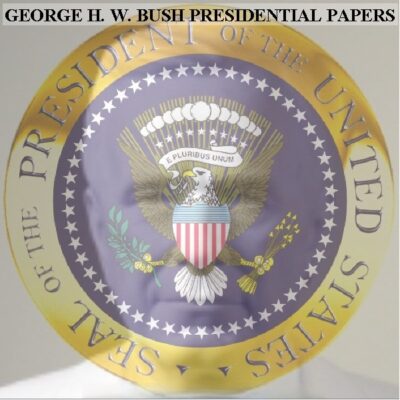
George Herbert Walker Bush Presidential Papers
$19.50 Add to Cart -
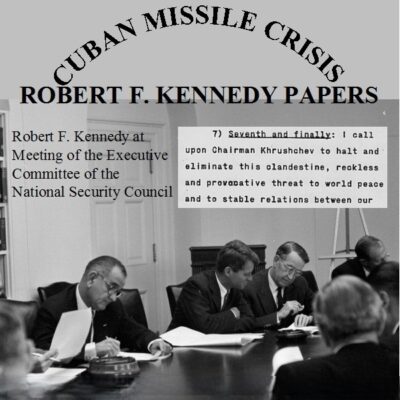
Cuban Missile Crisis: Robert F. Kennedy Papers
$19.50 Add to Cart -
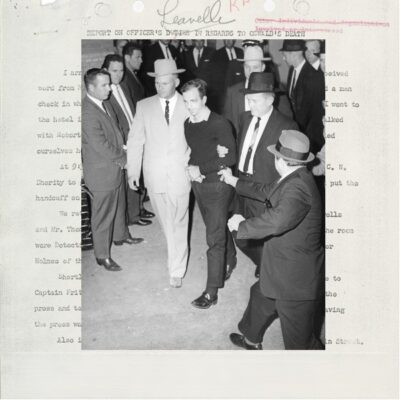
JFK Assassination Jim Leavelle Warren Commission Vertical File
$0.00 Add to Cart -
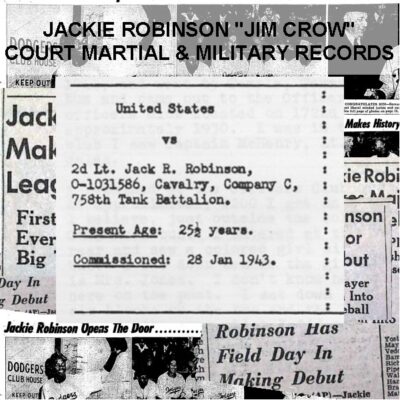
Jackie Robinson “Jim Crow” Court Martial & Military Personnel Records
$19.50 Add to Cart